Your heart beats in a perfect, synchronized rhythm, pumping blood to every part of your body. But how do individual heart muscle cells know when to contract together? The answer lies in tiny, vital channels called gap junctions. These structures are the communication network of the heart, allowing electrical signals to pass instantly between cells, ensuring every beat is coordinated and powerful. Without them, this vital coordination would be impossible.
What Are Gap Junctions and How Are They Built?
Think of gap junctions as microscopic tunnels directly connecting the inside of one heart cell to its neighbor. This direct link allows for incredibly fast communication, which is essential for an organ that needs to beat in perfect unison, second after second.
These specialized channels are not just simple holes. They are complex structures built from proteins. Each side of the tunnel is a structure called a connexon. A connexon itself is made of six smaller protein subunits called connexins.
When two connexons from adjacent cells line up perfectly, they form a complete gap junction channel. This channel creates a pathway for ions and small molecules to flow freely, effectively making the connected heart cells act as a single functional unit.
The Critical Roles of Gap Junctions in the Heart
While often working behind the scenes, gap junctions are fundamental to proper cardiac muscle function. Their ability to link cells creates a unified network that is crucial for maintaining a steady rhythm and powerful pumping action. They ensure that the electrical signal to contract spreads evenly and quickly across the heart muscle.
The importance of these connections can be broken down into several key areas:
- Electrical Coupling: They provide a low-resistance pathway for electrical signals, allowing the heart to contract as one.
- Metabolic Support: Nutrients and important signaling molecules can be shared between cells, ensuring all cells have what they need.
- Coordinated Contractions: By linking cells, they guarantee that chambers of the heart squeeze in a coordinated way to pump blood efficiently.
- Rhythm Stability: This network helps maintain a stable heart rhythm and prevents dangerous electrical disturbances.
This seamless communication is the foundation of your heart’s health, orchestrating the rhythmic contractions necessary for effective blood circulation.
Different Connexin Types and Their Specific Jobs
Not all gap junctions in the heart are the same. They are built from different types of connexin proteins, and the specific type of connexin determines the junction’s properties and location within the heart. This variation is crucial for the specialized electrical functions of different heart regions, from the atria to the ventricles.
Understanding how these different connexins work together is key to appreciating overall cardiac health. For instance, a problem with one type of connexin can disrupt the electrical conduction in a specific part of the heart, leading to rhythm problems.
Here is a breakdown of the major connexin types found in cardiac tissue and their primary roles:
| Connexin Type | Role in Heart Function |
|---|---|
| Cx43 | Facilitates gap junctions in ventricular cells |
| Cx40 | Supports conduction in atrial myocytes |
| Cx30.2 | Contributes to conduction in Purkinje fibers |
| Cx45 | Regulates signaling in pacemaker cells |
| Cx37 | Involved in endothelial connections |
What Happens When Gap Junctions Don’t Work Properly?
When these vital intercellular connections fail, the consequences for heart health can be severe. Impaired gap junctions disrupt the flow of electrical signals, leading to a condition known as electrical uncoupling. This breakdown in communication can cause the heart muscle to contract unevenly and inefficiently.
This malfunction is a root cause of several serious cardiac issues. The most immediate danger is the development of arrhythmias, or irregular heartbeats. When cells cannot synchronize, the heart’s rhythm can become chaotic, ranging from palpitations to life-threatening conditions.
Over the long term, poor communication and coordination can lead to heart failure. If the heart consistently struggles to pump blood effectively, it becomes overworked and weakened. This leads to symptoms like fatigue, shortness of breath, and fluid retention, significantly impacting a person’s quality of life.
Gap Junctions in Heart Development and Remodeling
From the earliest stages of life, gap junctions play a critical role. During embryonic development, they allow cardiac progenitor cells to communicate, guiding the proper formation and organization of the heart. This early communication network is essential for establishing the heart’s structure and its initial rhythmic activity.
Gap junctions are also vital later in life, especially when the heart is under stress. In response to conditions like high blood pressure or damage from a heart attack, the heart undergoes a process called remodeling. During this process, gap junctions help cells communicate and adapt to the new demands.
This coordinated response allows the heart to adjust its structure and function to preserve performance under adverse conditions, demonstrating the dynamic role of these connections throughout a person’s life.
The Future of Targeting Gap Junctions in Heart Disease
Given their central role in cardiac health, researchers are actively exploring ways to target gap junctions for therapeutic purposes. The goal is to develop treatments that can restore proper cell-to-cell communication in diseased hearts. This approach could offer new hope for treating conditions like arrhythmias and heart failure.
One promising area is the development of pharmacological agents, or drugs, that can modulate gap junction proteins. These drugs could potentially enhance electrical coupling, stabilize the heart’s rhythm, and improve its pumping strength.
These potential therapies represent an exciting frontier in cardiology. By focusing on the underlying cause of poor cell communication, doctors may one day be able to offer patients novel treatments that go beyond just managing symptoms and instead work to restore the heart’s natural, healthy function.
Frequently Asked Questions
What are gap junctions and how do they work in the heart?
Gap junctions are specialized channels that directly connect heart muscle cells. They are made of connexin proteins and allow ions and small molecules to pass between cells, facilitating the rapid spread of electrical signals for coordinated heart contractions.
Why is synchronized contraction so important for the heart?
Synchronization ensures that the heart chambers contract in a coordinated and powerful manner. This allows the heart to pump blood effectively throughout the body. Without it, blood circulation becomes inefficient, leading to serious health risks.
How do gap junctions help maintain a regular heartbeat?
Gap junctions allow the electrical impulse from the heart’s natural pacemaker cells to spread almost instantly to all other muscle cells. This ensures all cells contract at the same time, creating a single, regular, and rhythmic heartbeat.
What can cause damage to gap junctions?
Conditions like ischemic heart disease (reduced blood flow), hypertension (high blood pressure), and heart attacks can damage gap junctions. This damage impairs communication between cells, leading to arrhythmias and a higher risk of heart failure.
Are there treatments that can fix damaged gap junctions?
Currently, research is focused on developing therapies to improve gap junction function. This includes exploring drugs that can enhance connexin performance or gene therapies to restore proper connexin levels, aiming to improve heart function and reduce arrhythmia risk.

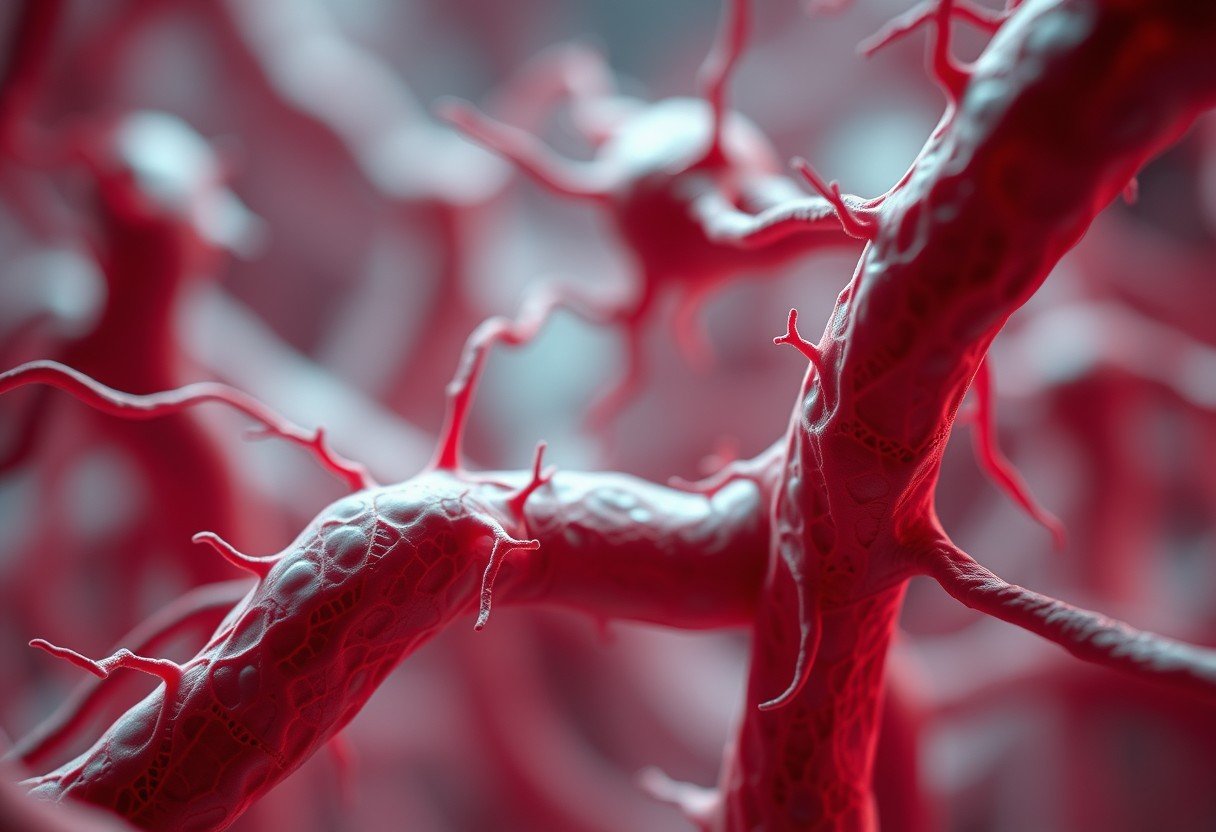
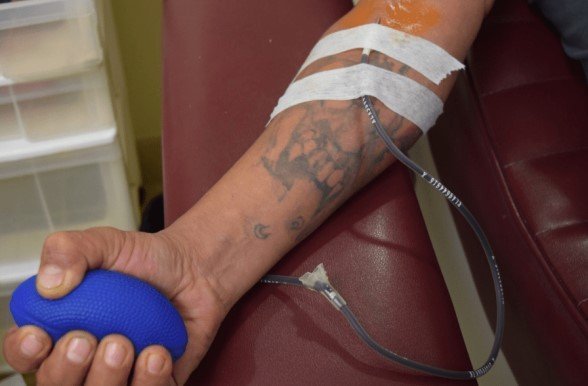
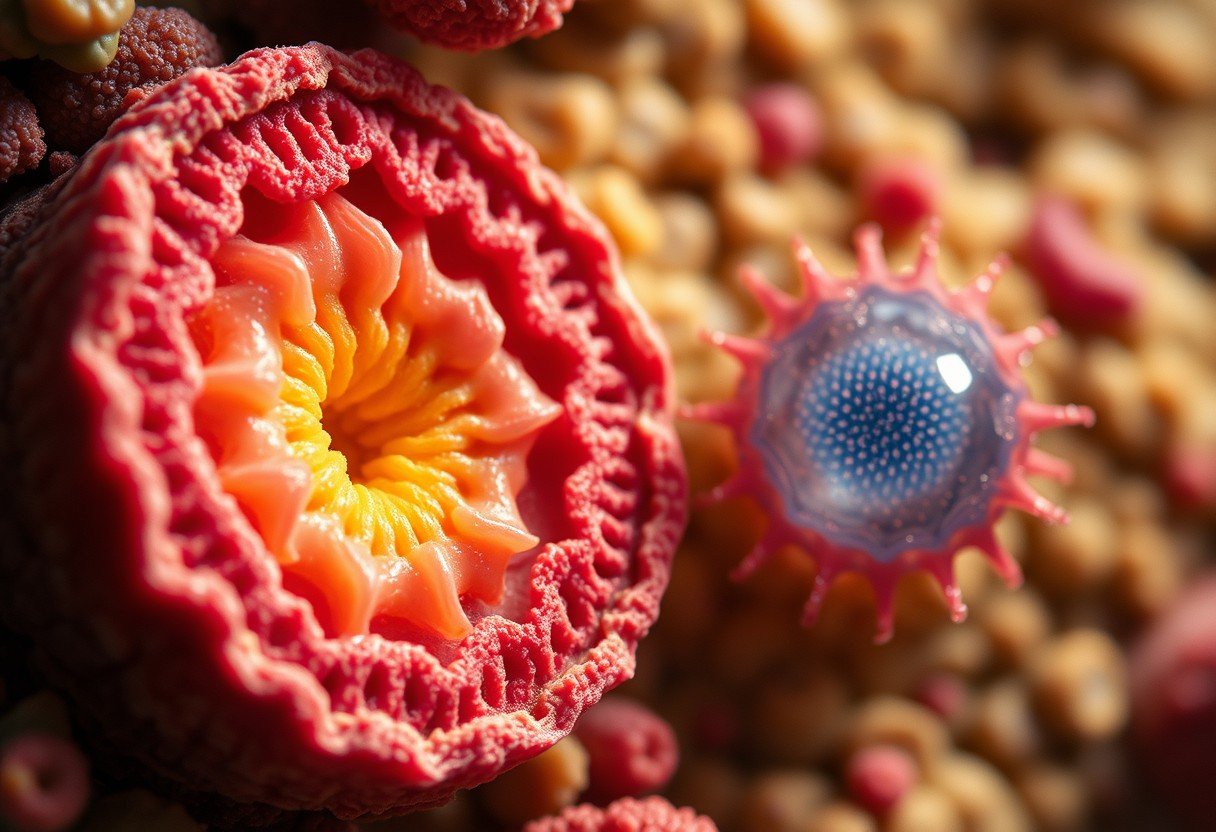
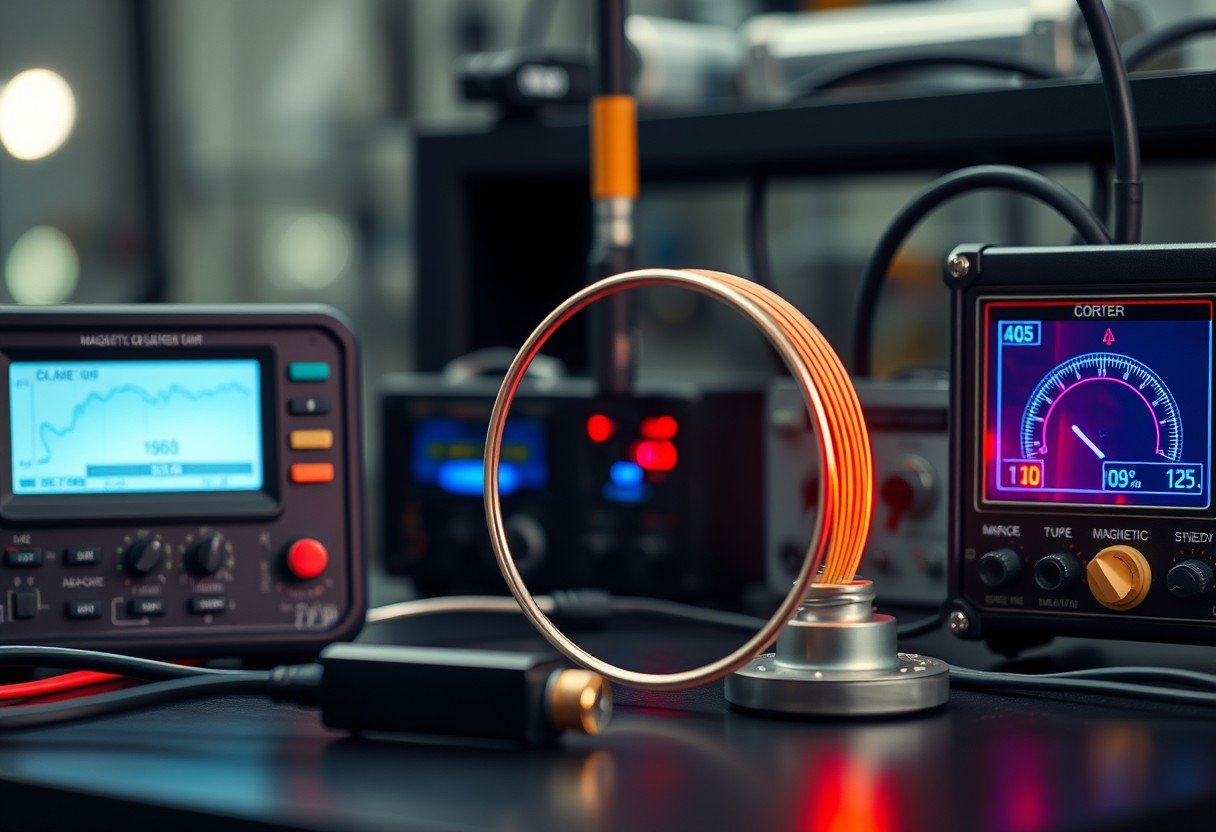

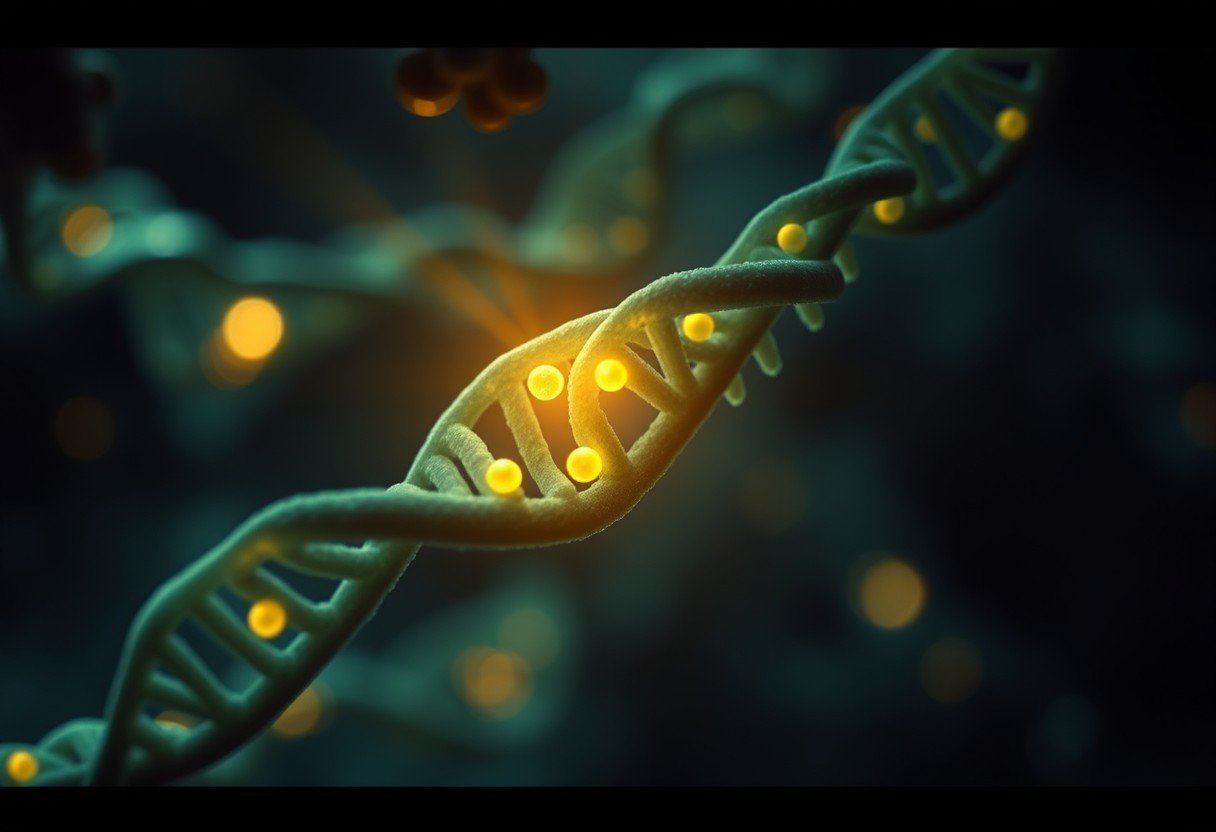

Leave a Comment